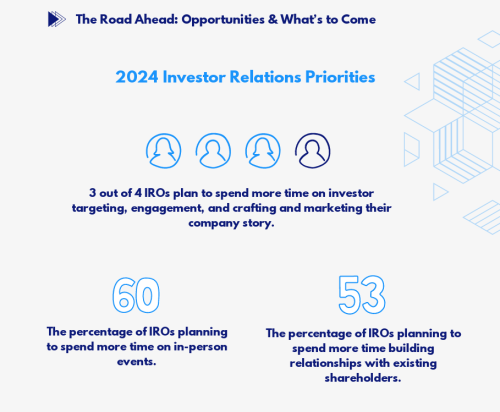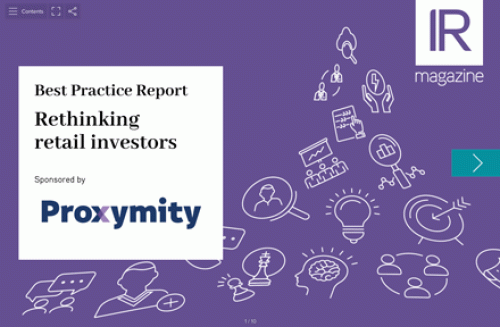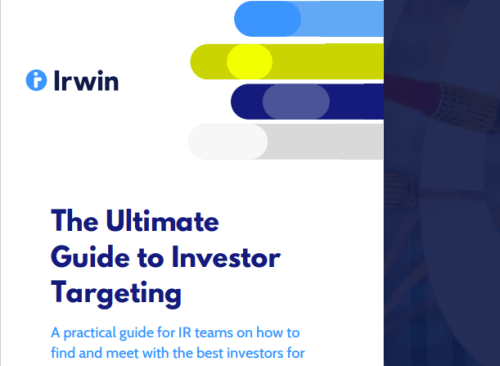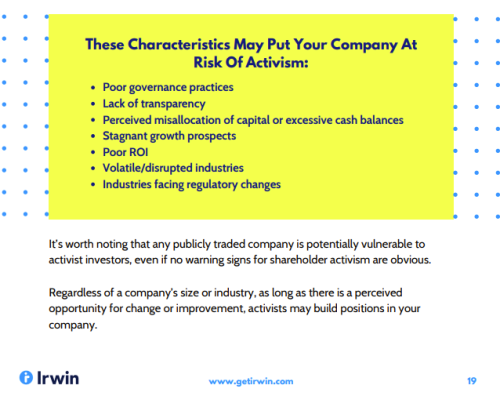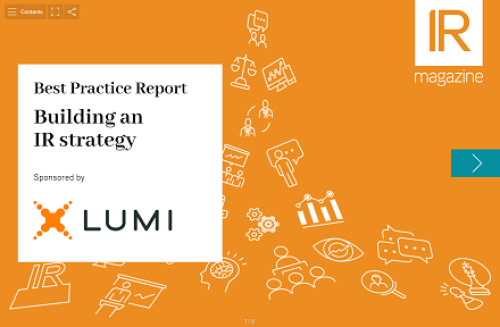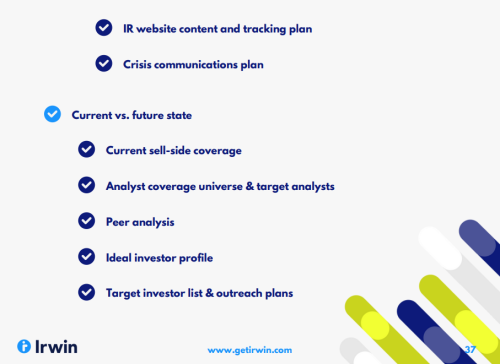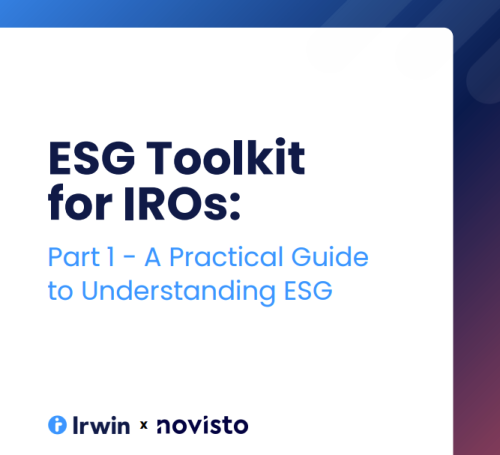How intelligent robots and algorithms are affecting the IR profession, and what IROs can expect to see from the technology down the line
You ask your new IR assistant – let’s call her Irma – to set up a meeting with an investor to fill that hole in the London roadshow schedule. Irma scans her database to find you the most suitable target to meet with and gets to work scheduling a one-on-one meeting. Nothing so strange there – except Irma isn’t a junior in the IR team: Irma is a piece of software.
This might be the future, where instead of asking Siri to set an egg timer or Alexa to read the news headlines, you
You need to register to access 3 free deep dive articles per month. To continue reading please register or login below..
- Unlimited deep dives
- Data-driven research around key topics
- Buy-side insights
- Benchmarking reports
From
$1495


